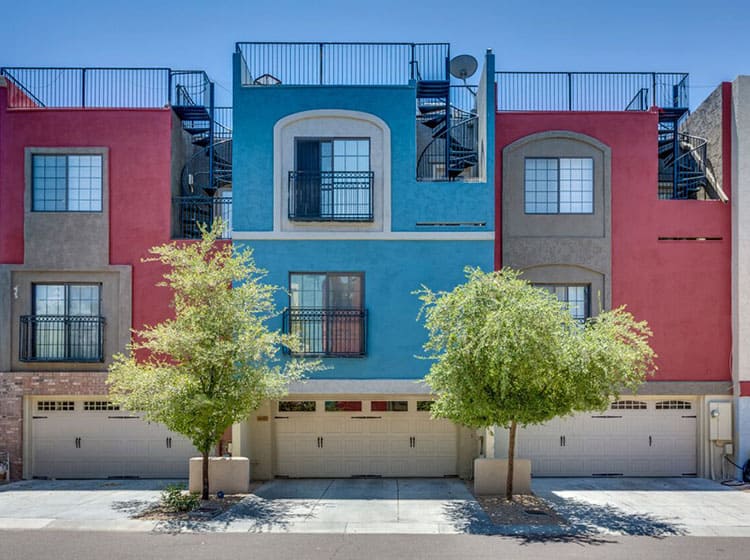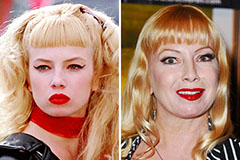When you're preparing a commercial external paint project, seasonal variables can make or damage your results. You'll wish to think about how temperature level and humidity effect paint application and drying times. Selecting the right period can ensure your paint adheres effectively and lasts much longer. But which periods are really the very best for this kind of job? Let's discover the key elements that can affect your task's success.
The Effect of Temperature on Paint Application
When you're intending an industrial external paint project, the temperature can substantially influence how well the paint sticks and dries.
Preferably, you intend to paint when temperature levels vary between 50 ° F and 85 ° F. If https://housepaintersnearme32097.daneblogger.com/33387389/wish-to-find-the-very-best-home-painters-discover-the-techniques-for-a-sensational-home-upgrade-that-might-raise-your-residential-or-commercial-property-value-by-as-much-as-7 's as well chilly, the paint may not treat correctly, bring about problems like peeling off or splitting.
On the flip side, if it's too hot, the paint can dry also quickly, preventing proper bond and causing an irregular finish.
You should likewise think about the time of day; early morning or late afternoon supplies cooler temperature levels, which can be much more favorable.
Constantly examine the manufacturer's referrals for the details paint you're utilizing, as they typically provide advice on the excellent temperature level array for optimal outcomes.
Humidity and Its Impact on Drying Times
Temperature isn't the only environmental element that affects your industrial exterior paint job; moisture plays a considerable duty too. High humidity degrees can decrease drying times drastically, affecting the overall quality of your paint task.
When the air is filled with dampness, the paint takes longer to cure, which can bring about issues like poor adhesion and a greater danger of mold growth. If you're painting on an especially moist day, be gotten ready for extended wait times between coats.
It's important to monitor neighborhood weather conditions and plan accordingly. Preferably, go for moisture levels in between 40% and 70% for optimal drying.
Maintaining these factors in mind ensures your task remains on track and provides a long lasting coating.
Best Seasons for Commercial Exterior Paint Projects
What's the most effective time of year for your commercial exterior painting projects?
Spring and early autumn are commonly your best choices. During these periods, temperature levels are mild, and humidity degrees are often reduced, producing perfect conditions for paint application and drying out.
Avoid summer season's intense heat, which can trigger paint to dry also promptly, causing inadequate attachment and surface. Similarly, try this can impede appropriate drying and healing, running the risk of the durability of your paint work.
Aim for days with temperature levels in between 50 ° F and 85 ° F for optimal outcomes. Keep in mind to check the local weather forecast for rainfall, as damp conditions can spoil your task.
Planning around these variables guarantees your paint job runs efficiently and lasts much longer.
Verdict
In conclusion, intending your business outside paint tasks around seasonal considerations can make a substantial difference in the outcome. By organizing work during the ideal temperatures and humidity levels, you'll make sure much better adhesion and drying times. Bear in mind to keep an eye on regional weather prediction and choose the right time of year-- spring and very early autumn are your best bets. Taking these actions will aid you attain a long lasting and expert surface that lasts.

 Bradley Pierce Then & Now!
Bradley Pierce Then & Now! Michael Oliver Then & Now!
Michael Oliver Then & Now! Kenan Thompson Then & Now!
Kenan Thompson Then & Now! Melissa Joan Hart Then & Now!
Melissa Joan Hart Then & Now! Traci Lords Then & Now!
Traci Lords Then & Now!